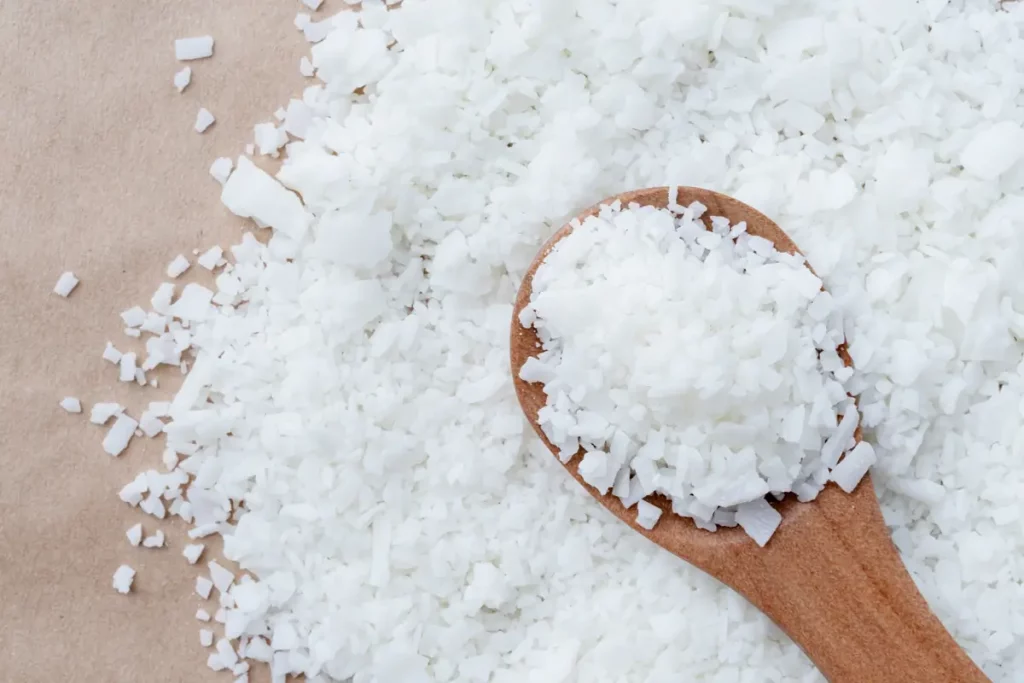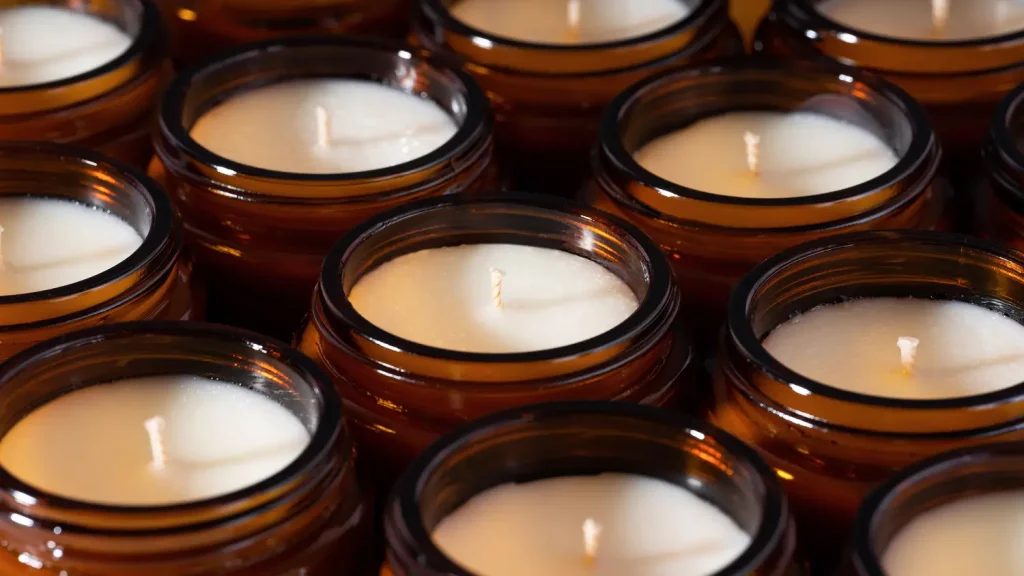If you are a candle consumer and wondering what’s all the buzz about soy wax candles, this article is for you. If you are a candle maker and want to find other alternatives to the current wax that you are using, this article should also shed some light on what soy wax is, how it’s produced, and its applications in candle making.
What is Soy Wax?
Soy wax is a plant-based wax that is used in different applications, the most common one is in the creation of candles. It can come in two forms, either as a whole block or as flakes.
Due to it being a natural wax with no synthetic chemicals, this makes it free from any toxins, carcinogens, and other pollutants. For this reason, candles made from this type of wax tend to have a cleaner burn and are less likely to trigger an allergy or cause a headache.
How is Soy Wax Made?
Soy wax is derived from soybeans, and this is why it is considered a natural form of wax. The process involves five stages:
- Cleaning
- De-hulling (Removing the protective layer from the soybeans)
- Rolling into flakes
- Hydrogenation
- Filtration & purification
After cleaning, de-hulling, and turning the beans into flakes, the oil will be extracted by either by using solvents or a mechanical press, kind of like how olive oil is extracted.
Now we have the most natural form of unprocessed soybean oil which will then go through a process called hydrogenation. This will lower the melting point of the oil by converting the unsaturated fatty acids into saturated ones and allow the oil to turn solid at room temperature.
Finally, the oil is filtered and purified to remove any impurities.
With all these steps, manufacturing companies need 6 kilograms of soybeans to produce 1 kilogram of soy wax.
Is Soy Wax 100% Natural?
Soy wax is 100% natural if it is used in container candles. However, other applications like pillar candles can’t be done with pure soy. Paraffin or stearic acid is often added to produce a more solid wax for pillar candles.
Some 100% natural container candle wax might contain additives, but those additives will most likely also be soy-based.
Advantages of Soy Wax
Soy wax has many benefits in comparison to other types of waxes.
- Renewable resource: Soybeans are a readily available and renewable crop, making the wax a more sustainable choice than paraffin wax, which is derived from petroleum.
- Cleaner burn: Due to the wax being natural, it tends to produce less soot and emit zero toxins in comparison to paraffin and other synthetic waxes.
- Longer burning: Soy wax generally has a longer burning time than other waxes.
- Vibrant Color: Soy wax has an easier time accepting dyes, and doesn’t wear out the color of the dye after use.
- Smooth Texture: Just like coconut wax, soy results in candles with smooth and creamy tops.
Scent Throw
It is common for candle makers, especially beginners, to have a hard time making scented candles made with soy wax, producing a strong cold and hot throw. Unlike coconut and paraffin wax, soy tends to have less cold and hot throw, which results in a poorly performing candle.
How do you get a stronger scent throw with Soy Wax?
The first thing to check is the flash point of your fragrance. If all is well in this department, the next thing to do is to pour the fragrance at a lower temperature in the wax and stir for 2 minutes at a consistent pace. You should also let the candle cure for enough time
How long should a Soy wax candle cure for?
You should cure your soy wax candles for 7 to 14 days to allow the fragrance and the wax to blend properly, resulting in a longer burn time, and a stronger hot throw.




